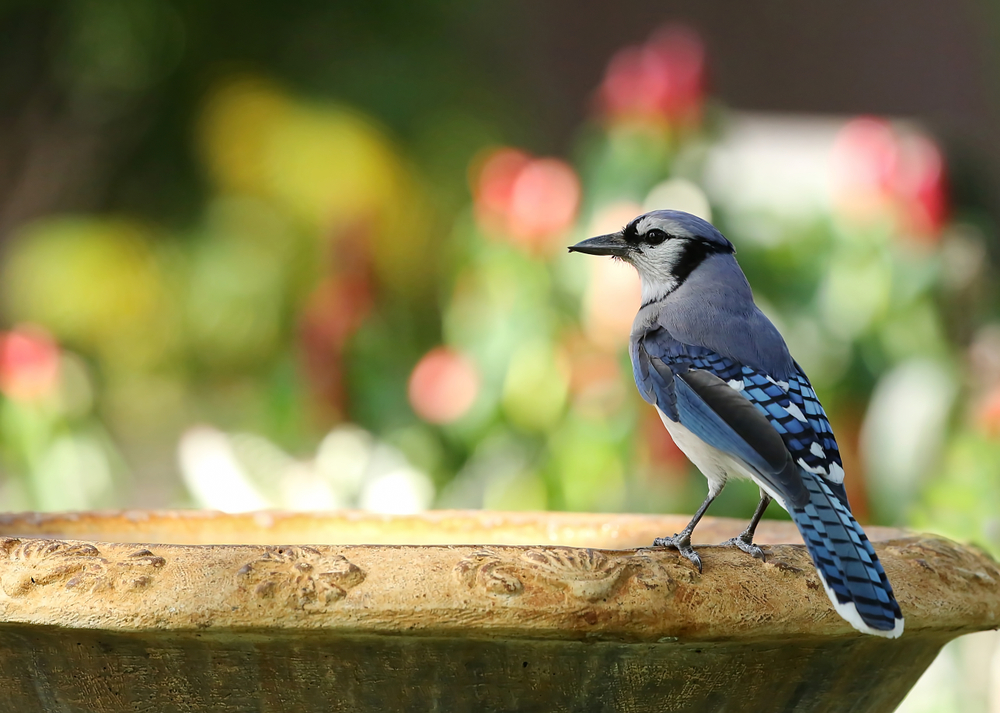Creating a wildlife-friendly backyard is an enriching way to bring the beauty of nature to your own outdoor space. Transforming your yard into a sanctuary for local wildlife doesn’t require sprawling acres or dramatic changes, but rather thoughtful touches that make it a safe haven for birds, butterflies, and small mammals. From choosing the right plants to providing sources of food and water, these tips will help you build a welcoming environment where local species can thrive.

A key element to attracting wildlife is planting native flora. Native plants are uniquely suited to your area’s climate and soil, requiring less maintenance and providing food sources that local species already recognize and rely on. Trees, shrubs, and wildflowers that are native to your region will naturally draw birds, butterflies, and bees, offering them familiar sources of nectar, pollen, and seeds. This approach not only supports local ecosystems but also enhances the beauty of your garden with plants that belong in the landscape.
An accessible water source is essential for any wildlife haven. A birdbath, small pond, or even a shallow dish with fresh water offers a crucial hydration spot for various species, from birds to insects. Placing the water in a quieter part of the yard, ideally near some cover like shrubs or trees, can help animals feel safe as they drink. If possible, consider adding a small bubbler or fountain to keep the water fresh and attract creatures that are drawn to movement, like hummingbirds.
Providing shelter is another fundamental step in building a backyard sanctuary. Wildlife needs places to hide from predators and seek refuge from harsh weather. Dense shrubs, native grasses, and ground covers create natural protection for small mammals and insects, while log piles, rocks, and brush heaps offer hideaways for amphibians and beneficial insects. If you have trees in your yard, consider leaving dead branches or “snag” trees, which provide perching spots and nesting sites for woodpeckers and other cavity-nesting birds.

While bird feeders are a wonderful way to draw specific species to your garden, incorporating a variety of food sources directly into your landscaping offers more natural foraging opportunities. Trees like oaks and pines, as well as fruit-bearing shrubs, provide seeds, nuts, and berries that attract birds and squirrels. By planting a range of flowers, such as sunflowers and coneflowers, and allowing some to go to seed in the fall, you’ll create a sustainable buffet that supports wildlife throughout the seasons.
To maintain a safe environment for your garden’s visitors, minimize the use of chemicals. Pesticides and synthetic fertilizers can harm beneficial insects and disrupt the delicate balance of your wildlife-friendly garden. Consider organic methods to keep your garden healthy, such as introducing natural pest controllers like ladybugs or using compost to enrich the soil. By steering clear of harsh chemicals, you’ll foster a self-sustaining environment where wildlife can thrive without added risks.
